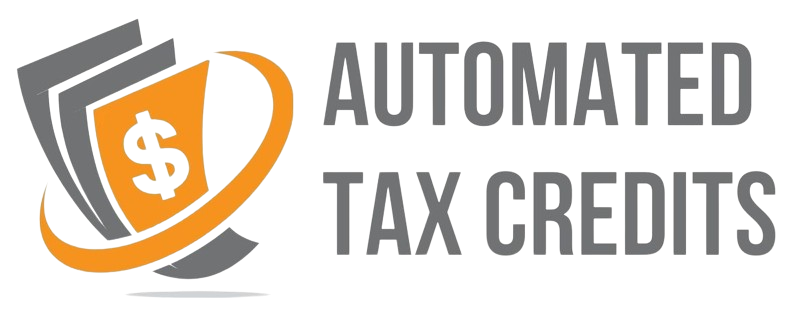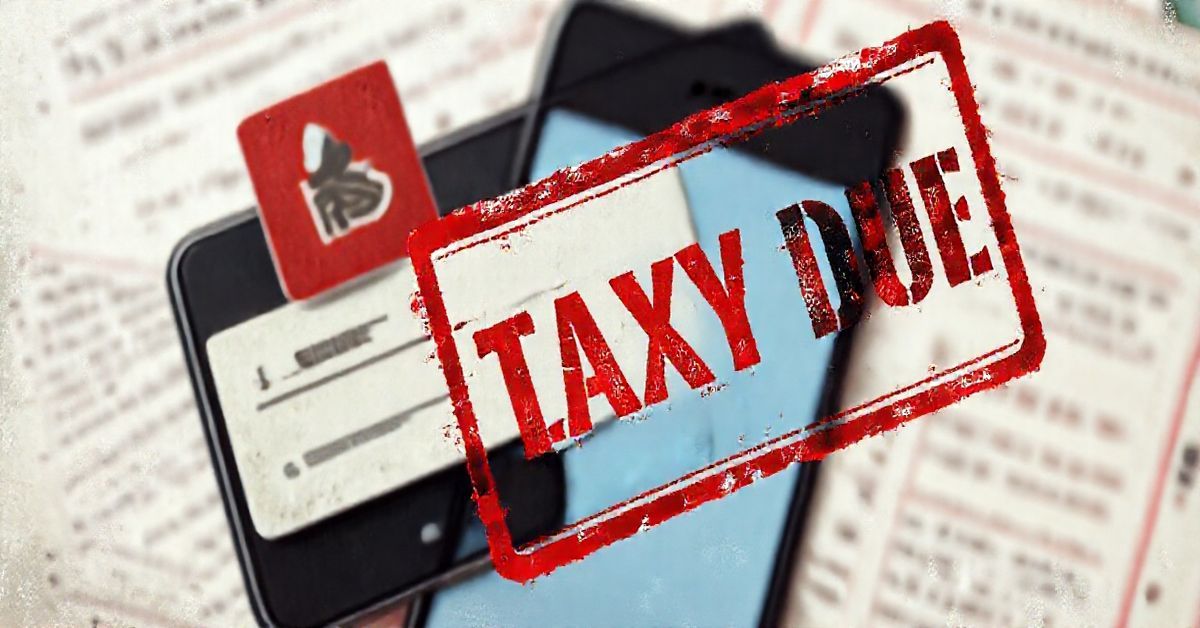Okay, so you’ve received a letter from the IRS called a CP297C notice. This can be a little scary, but don’t panic. Let’s break down what it means and what you need to do. Think of it as a “final notice” from the IRS before they take action on any government payments coming your way.
Understanding the CP297C Notice
The CP297C notice is specifically titled “Intent to Levy on Government Payments.” What does that mean exactly? Well, it’s the IRS’s way of saying, “Hey, you owe us money, and we’re planning to take it from any federal government payments you’re expecting.” This isn’t just a casual request; it’s a formal notification that the IRS is preparing to seize funds to satisfy your tax debt.
The “levy” part is the key here. A levy is a legal seizure of your property to satisfy an unpaid debt. In this case, that “property” is your future government payments.
This notice isn’t sent out of the blue. It’s usually the result of a series of prior notices and attempts by the IRS to collect the taxes you owe. Before they get to the point of levying your payments, they’ve likely already sent you other notices explaining that you have a tax debt.
How Does a Government Payment Levy Work?
So, how does the IRS actually get their hands on your government money? It’s all done electronically. When the IRS issues a levy on government payments, they notify the agency that is responsible for sending you funds (like the Treasury Department for a tax refund, or the Social Security Administration for benefits). This agency will then redirect the funds directly to the IRS to cover your outstanding tax debt instead of sending it to you.
The levy remains in place until the IRS has collected the total amount of your back taxes, including any penalties and interest. It’s not just a one-time thing; the levy remains in effect until your tax debt is resolved. This means every government payment you’re expecting could be seized until your balance is zero.
Examples of Government Payments Subject to Levy
- Federal Tax Refunds: This is probably the most common. If you’re expecting a tax refund, the IRS can use this to offset any tax debt.
- Social Security Benefits: Yes, they can levy a portion of your Social Security payments. This can be very impactful, especially for retirees.
- Federal Retirement Benefits: Like Social Security, retirement benefits from the federal government can also be levied.
- Federal Salary or Wages: If you’re a federal employee, the IRS can take a portion of your salary to pay your tax debt.
- Other Federal Payments: This can include payments for government contracts or other federal programs.
Who Receives a CP297C Notice?
Anyone who owes back taxes to the IRS and is expecting a federal government payment is at risk of receiving a CP297C notice. Here’s a more specific breakdown:
- Taxpayers with Unpaid Income Taxes: If you haven’t paid your income taxes on time or fully, this is a common reason for receiving the notice.
- Businesses with Unpaid Payroll Taxes: Business owners who haven’t paid their business’s payroll taxes are also susceptible.
- Individuals with Tax Penalties and Interest: Even if the original tax debt was small, accumulating penalties and interest can result in a levy.
- Those Who Have Ignored Prior Notices: If you’ve ignored previous notices from the IRS about your tax debt, they may escalate their efforts and send this notice.
Essentially, if you owe the IRS money and the IRS has the information about any pending government payments you’re owed, you’re at risk of receiving a CP297C notice.
Why did I Get This Notice?
This is a very important question! It’s highly unlikely the IRS sends out the CP297C notice to taxpayers without trying other avenues first. The IRS will usually send out several notices before this step and each notice should explain the specific reason why you have a balance with them. The CP297C notice means the IRS tried other means and they’ve now resorted to collecting through a levy.
A common reason for receiving this notice could be any of the following:
- You Did Not File Your Return on Time – The IRS might estimate the tax due based on prior filings and send a bill.
- You Did Not Fully Pay Your Taxes – This is very common! A levy notice might come about if you made an estimated tax payment but still had an outstanding balance from your income tax returns.
- The IRS Does Not Agree With Your Return – A CP297C might come about due to changes the IRS made to your return after it was filed.
You should carefully review your notice to understand what action the IRS is taking. The notice should always indicate the date the IRS intends to seize your government payments.
What Should You Do if You Receive a CP297C Notice?
Receiving a CP297C Notice can feel overwhelming, but it’s important to take action immediately. Here’s a step-by-step approach:
-
Don’t Panic: It’s critical not to ignore this notice, but it also doesn’t mean it’s the end of the world.
-
Read the Notice Carefully: Understand the details provided. Specifically, identify:
- The amount you owe
- The specific tax year(s) you owe for
- The date the IRS intends to start levying your government payments
- The specific type of government payment they intend to levy
- How to contact the IRS if you have questions
-
Verify the Debt: Make sure the debt is actually yours and that the amount is correct. Review your records and any previous notices you received. You can access your tax account online through the IRS website (irs.gov) to check the status of your debt.
-
Contact the IRS Immediately: Don’t delay! Call the IRS using the phone number provided on the CP297C notice. You can also send a letter by mail to the address shown on the notice. The IRS is not known for having quick response times, so do everything you can to expedite the process.
-
Explore Your Options:
- Pay the Full Amount: If you can, pay the tax debt in full. This will stop the levy immediately. You can make a payment online, by phone, or by mail.
- Set Up a Payment Plan (Installment Agreement): If you can’t pay the full amount, ask for an installment agreement. The IRS may allow you to pay the debt in monthly installments. Be aware that interest and penalties continue to accrue when you’re on a payment plan.
- Offer in Compromise (OIC): This is a program that allows some taxpayers to settle their tax debt for less than the full amount owed. These are often hard to get and the IRS requires a lot of information, but it might be an option if you’re facing significant financial hardship.
- Penalty Abatement – If your failure to pay was due to reasonable cause rather than negligence, the IRS may abate certain penalties assessed to your account. This would lessen your balance owed.
-
Keep Records: Keep copies of all letters, notices, payments, and communications you have with the IRS. This will be very helpful should issues arise later on.
-
Consider Professional Help: If you’re confused or overwhelmed, reach out to a qualified tax professional, like an enrolled agent, CPA, or tax attorney. They can help you navigate the process and negotiate with the IRS on your behalf.
Common Mistakes and Misconceptions
- Ignoring the Notice: This is a big mistake. Ignoring the notice won’t make the problem go away, it will only make it worse and allow the IRS to move forward with their actions without your input.
- Believing the IRS is Always Wrong: While errors can happen, the IRS is usually correct about the debt. It’s important to verify, but don’t assume they’re wrong without checking.
- Thinking the Levy is a One-Time Thing: As mentioned, the levy on government payments will remain in place until the entire debt is resolved.
- Delaying Action: The sooner you address the notice, the more options you have available.
- Not Seeking Help: Don’t be afraid to ask for help from a tax professional if you need it.
Related Concepts/Terms
- Tax Levy: This is the general term for when the IRS takes property to satisfy a debt. The CP297C notice specifically deals with government payments.
- Tax Lien: A lien is a legal claim on your property, whereas a levy is when the property is actually seized. The IRS may file a lien before they levy your property.
- Tax Debt: This is the total amount you owe, including the tax, penalties, and interest.
- IRS Notices: Various letters the IRS sends to taxpayers about their tax obligations.
- Installment Agreement: A payment plan with the IRS to pay taxes over time.
- Offer in Compromise (OIC): An agreement with the IRS to pay a smaller amount of your total tax debt.
The CP297C notice is serious, but it’s not an insurmountable obstacle. By understanding the notice and acting promptly, you can resolve your tax debt and avoid the seizure of your government payments. Always remember, dealing with the IRS is more manageable when you’re proactive and informed.

